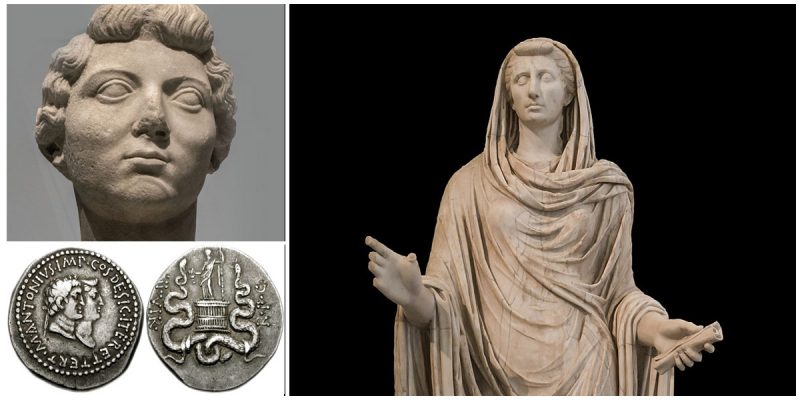Octavia Minor, also known as Octavia the Younger, was the daughter of Gaius Octavius and sister of Augustus (Octavian), the first Roman emperor. She was the fourth wife of the Roman general Mark Antony and the half-sister of Octavia Major, also known as Octavia the Elder. Considered to be one of the most prominent women in Roman History, Octavia is also known as the great-grandmother of the Roman Emperor Caligula and Agrippina the Younger.
She was the only daughter of Octavius from his second marriage to the niece of Julius Caesar, Atia. Before 54 BC, Octavia was married to a man of consular rank, Gaius Claudius Marcellus Minor, as her father desired, and with him she had two daughters and a son. He was a member of the Claudian family, who were very influential at that time, and was descended from the famous general Marcus Claudius Marcellus. In grief over his daughter who passed away in 54 BC, Caesar wanted Octavia to divorce her husband and marry Pompey, the former husband of his late daughter Julia. But the couple didn’t want to divorce, and because of that Pompey declined Caesar’s proposal and married Cornelia Metella instead.
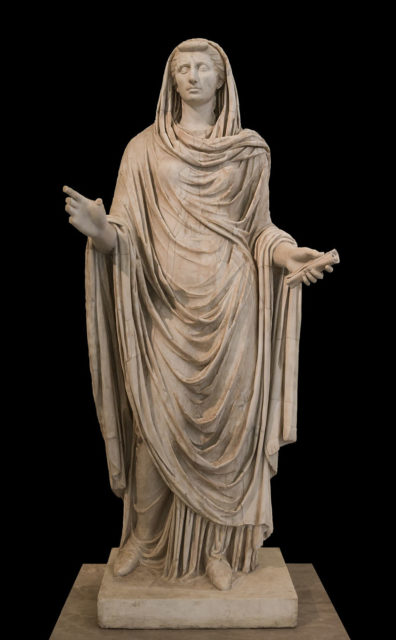
Octavia was about 15 years old when she married Marcellus and 29 upon his death in May 40 BC. She married again, this time to Mark Anthony, who as a member of the Second Triumvirate was a ruler of the state together with Octavian and the Roman patrician Marcus Aemilius Lepidus. One of the reasons for this marriage was to reduce the growing tensions between Octavian and Antony.
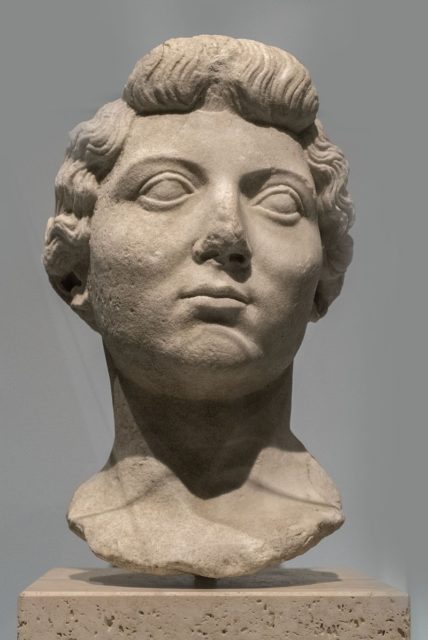
The marriage to Octavia brought peace between them, and this truce resulted in the Treaty of Tarentum, allowing the Second Triumvirate to continue in power until 33 BC. It is known that she was faithful and loyal to her second husband, and between 40 BC and 36 BC she traveled with him to various provinces, eventually settling in his Athenian mansion. Octavia took care of her children from her marriage to Marcellus and also the two sons she had with Mark Antony.
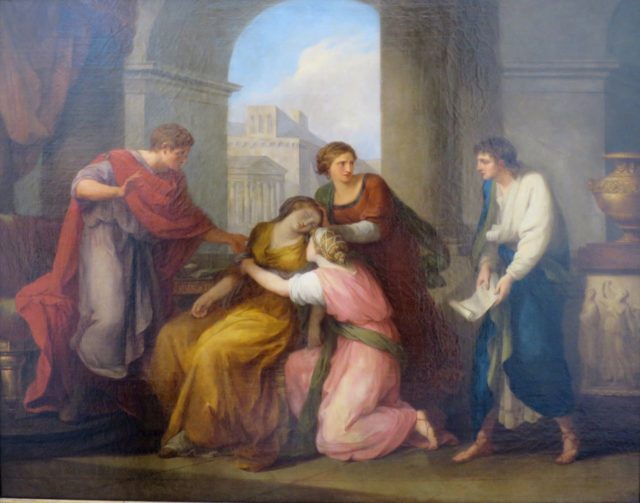
In 36 BC, Antony left the country to command troops in Parthia, and while he was there, he met and fell in love with Queen Cleopatra. In 35 BC, Octavia traveled to the East to bring her husband money and more soldiers, but he refused to see her, and it stayed that way until 32 BC, when he obtained a divorce. Later, Octavia took care of his children from his affair with the Egyptian Queen, even though he had abandoned her.
After the tragic death of her son Marcellus in 23 BC, she retired from public life.
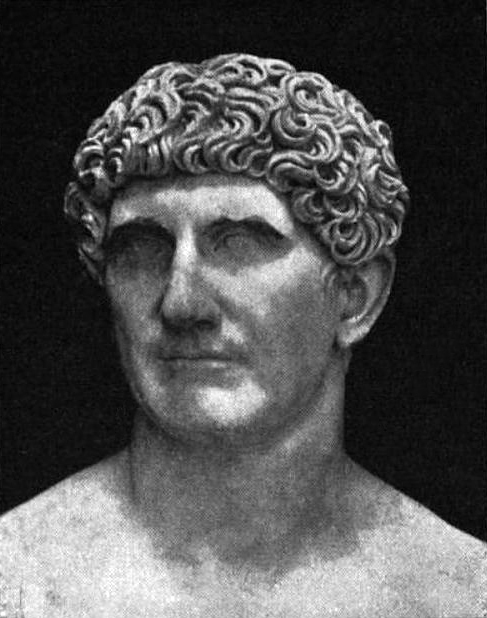
According to Seneca, Octavia appeared in public only on important occasions and she never fully recovered from Marcellus’ death. Many historians believe that Seneca wrote of Octavia’s grief in this way so as to show off his rhetorical skills. Much other evidence points to her being present on many occasions, such as the opening of the Library and the Theater of Marcellus.

According to Suetonius, Octavia died in 10 BC of natural causes. Her sons-in-law carried her body on the day of the funeral in the mausoleum of her brother Augustus.
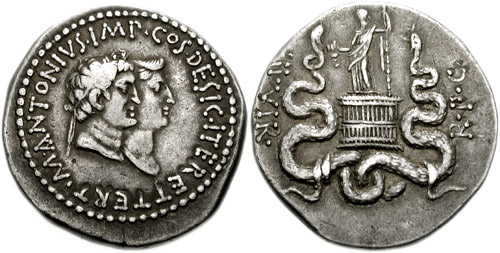
He bestowed upon her the highest posthumous honors. He even had the Senate declare that she be honored as a goddess.
The kind and good Octavia is also remembered as one of the first Roman women to have her image on a coin.
